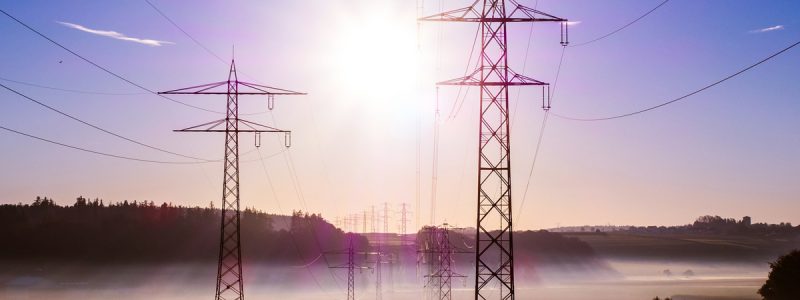SMART INFRASTRUCTURE CONSULTING
With new products and innovations entering the market, our technology experts are armed with the latest knowledge to ensure successful implementation of critical infrastructure technologies.

With new products and innovations entering the market, our technology experts are armed with the latest knowledge to ensure successful implementation of critical infrastructure technologies.

With the number and severity of storms increasing, our team can help you formulate and optimize its plans for hardening critical infrastructure systems, supporting social group needs, providing basic services, reducing recovery times from disasters, and creating more resilient communities as part of their normal planning activities.
The National Institute of Standards and Technology (NIST) has engaged nine experts in fields ranging from transportation and water infrastructure to societal dimensions of disasters to further its ongoing effort to draft a disaster resilience framework for U.S. communities. GridIntellect Founder Stuart McCafferty was among them.
Recognized leaders in their fields, NIST’s new disaster resilience fellows were chosen to complement the knowledge and skill sets of agency researchers developing the framework—a guidance document to help communities prepare for hazardous events and to restore vital functions quickly if disruptive incidents occur.
The fellows also will assist NIST staff in establishing a Disaster Resistance Standards Panel. With initial funding from NIST, this independent body will be responsible for updating the framework and identifying new priorities for standards development and other actions that will help communities to better prevent natural and human-caused hazards from becoming disasters.
Listed under their area of expertise, NIST’s new disaster resilience fellows are:
Community Resilience Planning
Chris Poland, Chris D. Poland Consulting Engineer, Canyon Lake, Calif.
Electrical Power Infrastructure
Erich Gunther, EnerNex, Knoxville, Tenn.
Stuart McCafferty, GridIntellect, Huntsville, Ala.
Emergency Planning and Response
Jay Wilson, Hazard Mitigation Program Coordinator, Clackamas County, Ore.
Societal Dimensions of Disasters
Liesel A. Ritchie, University of Colorado Boulder, Natural Hazards Center, Boulder, Colo.
Transportation Infrastructure
Joseph Englot, HNTB, New York, N.Y.
Theodore Zoli, HNTB, New York, N.Y.
Water Infrastructure
Kevin M. Morley, American Water Works Association, Washington, D.C.
Donald Ballantyne, Ballantyne Consulting LLC, Seattle, Wash.
For more information on the fellows and the NIST-led community disaster resilience effort, go to: www.nist.gov/el/building_materials/resilience/.
By the end of 2013, the federal government’s 7.5% renewable energy consumption mandate will be in full effect for all federal installations. At least half of this renewable energy must come from NEW renewable resources. Some government agencies, such as the Department of Defense (DoD), have created even more demanding mandates, with renewable consumption requirements reaching 25% by 2025.
Coupled with the additional Energy Independence and Security Act (EISA) of 2007 requirements for reducing federal building fossil fuel consumption in half by 2030, utilities face a daunting challenge with one of their largest consumers having a legal obligation to use less traditional energy in staggering quantities.
The federal government accounts for approximately 56 terawatt-hours (TWH) of annual electricity usage, with over half that being DoD, according to the U.S. Department of Energy Annual Report to Congress on Federal Government Energy Management and Conservation Programs Fiscal Year 2007, January 27, 2010.

A back of the envelope calculation with 25% renewable penetration by 2030 shows an expected generation capability of over 14 TWH – assuming consumption remains flat. The government has frankly been a bit slow in responding to these mandates, but they are quickly gaining traction. The DoD is actively experimenting with renewable energy installations and has released RFPs at several military bases. Energy efficiency audits and improvements are being enacted at federal facilities everywhere. You cannot walk onto any federal campus these days without seeing public notices or active construction reducing consumption and/or increasing renewable energy production.
For utilities with federal customers that represent a sizeable chunk of their revenue stream, this creates both problems and opportunities. As government agencies add their own renewable generation and microgrid solutions, utilities must ensure these new systems play nicely with the utility network. By closely coordinating with these agencies through Power Purchase Agreements (PPAs), the utility can supplement its own power and ancillary service needs, which could offset much of the anticipated revenue losses. But, more profoundly, it offers progressive utilities the opportunity to work hand-in-hand with these federal agencies and help them meet the mandates by either supporting their efforts or meeting the renewable energy directives within their own networks. After all, there are no requirements forcing agencies to meet these mandates on their own.